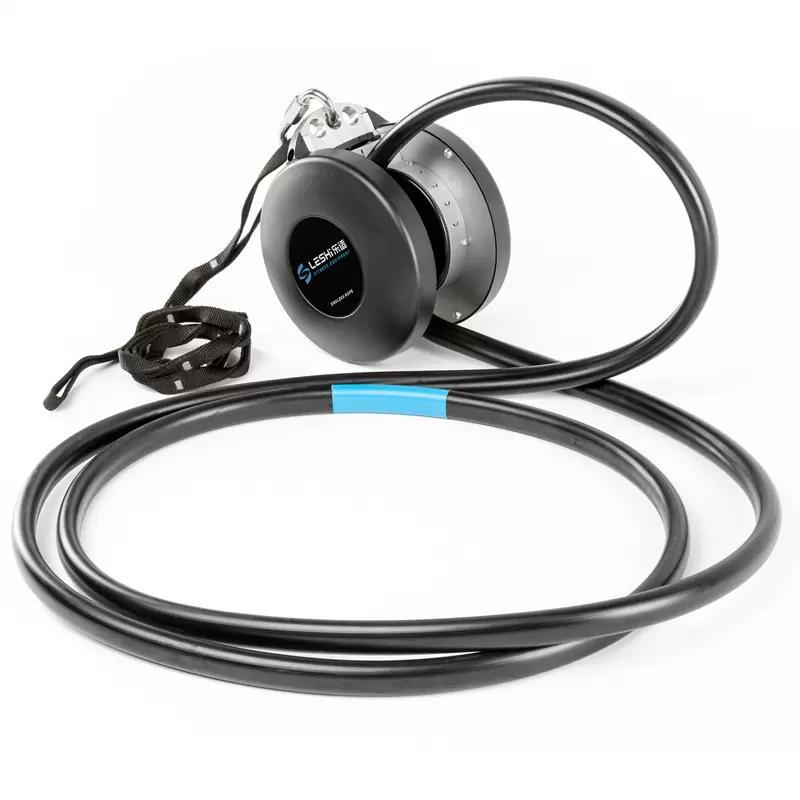The Ultimate Guide to Choosing Scooters for Kids: Safety and Fun Combined
Release Time:
Jul 17,2025
When it comes to scooters for kids, selecting the right one can significantly influence your child's enjoyment and safety while riding. Scooters offer a fun and engaging way for children to develop their motor skills, balance, and coordination. They also provide an excellent opportunity for outdoor play and exercise, making them a popular choice among parents looking to encourage active lifestyles

When it comes to scooters for kids, selecting the right one can significantly influence your child's enjoyment and safety while riding. Scooters offer a fun and engaging way for children to develop their motor skills, balance, and coordination. They also provide an excellent opportunity for outdoor play and exercise, making them a popular choice among parents looking to encourage active lifestyles.
**Types of Scooters for Kids**
There are various types of scooters available, each designed to cater to different age groups and skill levels. Generally, they can be categorized into three main types:
1. **Two-Wheeled Scooters**: These are the most common type and are suitable for older children who have a good sense of balance. They typically feature a sturdy deck and handlebar, allowing for greater speed and maneuverability.
2. **Three-Wheeled Scooters**: Ideal for younger children and beginners, three-wheeled scooters provide added stability, making it easier for kids to learn how to ride. The two front wheels offer better balance, which helps prevent tipping while turning.
3. **Electric Scooters**: For older kids who are ready for something a bit more advanced, electric scooters offer the thrill of powered riding. They come with a range of speed options and often include safety features like speed limits to ensure a secure riding experience.
**Key Safety Features**
When choosing scooters for kids, safety should be your top priority. Look for scooters that have the following features:
- **Durable Construction**: A well-constructed scooter made from high-quality materials will withstand the wear and tear of regular use. Consider models with reinforced decks and sturdy wheels designed for stability.
- **Adjustable Handlebars**: Scooters with adjustable handlebars can grow with your child, ensuring they can enjoy their scooter for several years. This is an excellent way to maximize your investment while accommodating your child's height and riding style.
- **Braking System**: Check whether the scooter has an effective braking system, such as a rear brake or a hand brake. This is crucial for helping kids stop safely and quickly when needed.
- **Reflective Materials and Lights**: For added visibility, especially during dusk or low-light conditions, scooters equipped with reflective elements or lights enhance safety, making it easier for others to see your child.
**Tips for an Enjoyable Riding Experience**
Encourage your child to wear protective gear such as helmets, knee pads, and elbow pads to minimize injuries in case of falls. Additionally, supervise younger children while they ride, especially in crowded or busy areas.
In conclusion, scooters for kids are a fantastic way to promote active play and outdoor exploration. By considering the various types available and essential safety features, you can ensure your child has a fun and safe riding experience. Whether they are a beginner or an experienced rider, the right scooter can provide hours of enjoyment and physical activity.
**Types of Scooters for Kids**
There are various types of scooters available, each designed to cater to different age groups and skill levels. Generally, they can be categorized into three main types:
1. **Two-Wheeled Scooters**: These are the most common type and are suitable for older children who have a good sense of balance. They typically feature a sturdy deck and handlebar, allowing for greater speed and maneuverability.
2. **Three-Wheeled Scooters**: Ideal for younger children and beginners, three-wheeled scooters provide added stability, making it easier for kids to learn how to ride. The two front wheels offer better balance, which helps prevent tipping while turning.
3. **Electric Scooters**: For older kids who are ready for something a bit more advanced, electric scooters offer the thrill of powered riding. They come with a range of speed options and often include safety features like speed limits to ensure a secure riding experience.
**Key Safety Features**
When choosing scooters for kids, safety should be your top priority. Look for scooters that have the following features:
- **Durable Construction**: A well-constructed scooter made from high-quality materials will withstand the wear and tear of regular use. Consider models with reinforced decks and sturdy wheels designed for stability.
- **Adjustable Handlebars**: Scooters with adjustable handlebars can grow with your child, ensuring they can enjoy their scooter for several years. This is an excellent way to maximize your investment while accommodating your child's height and riding style.
- **Braking System**: Check whether the scooter has an effective braking system, such as a rear brake or a hand brake. This is crucial for helping kids stop safely and quickly when needed.
- **Reflective Materials and Lights**: For added visibility, especially during dusk or low-light conditions, scooters equipped with reflective elements or lights enhance safety, making it easier for others to see your child.
**Tips for an Enjoyable Riding Experience**
Encourage your child to wear protective gear such as helmets, knee pads, and elbow pads to minimize injuries in case of falls. Additionally, supervise younger children while they ride, especially in crowded or busy areas.
In conclusion, scooters for kids are a fantastic way to promote active play and outdoor exploration. By considering the various types available and essential safety features, you can ensure your child has a fun and safe riding experience. Whether they are a beginner or an experienced rider, the right scooter can provide hours of enjoyment and physical activity.
Keywords:




